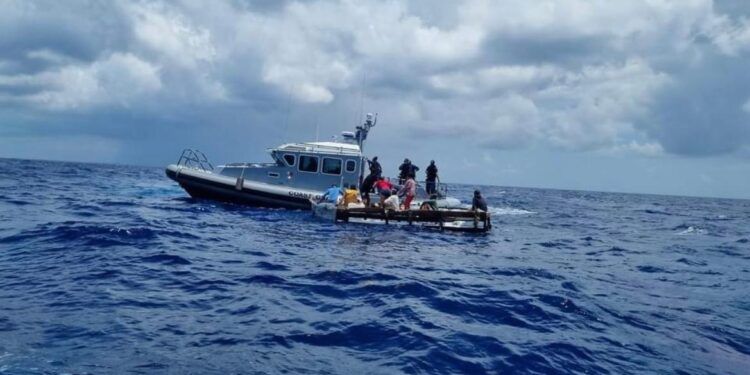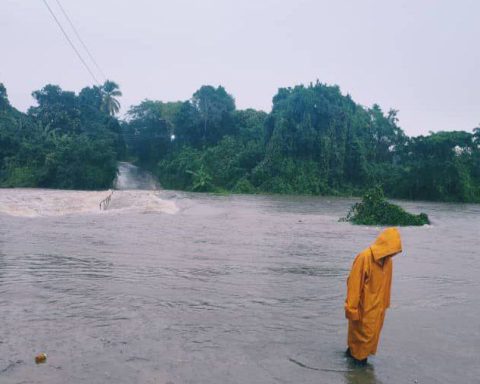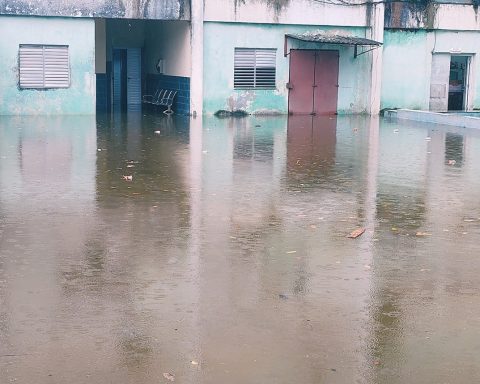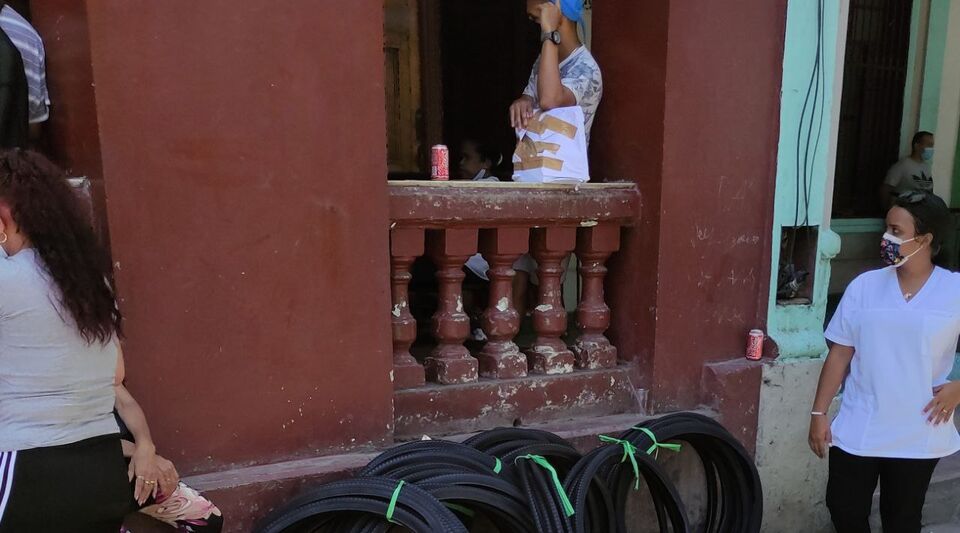MIAMI, United States. – A group of 20 Cuban rafters arrived in the Cayman Islands on Tuesday, less than a week after the Customs and Border Control Service (CBC) of that territory activate a contingency plan given the massive arrival of migrants, particularly Cubans.
The 20 migrants arrived in Cayman Brac around 10:45 pm on May 1. Twelve of them disembarked and said that they would not continue the trip, as indicated by the CBC. For their part, the remaining eight remained on board the ship and left Cayman Brac at approximately 7:45 am on Monday, May 2.
The 12 rafters who disembarked are being processed in accordance with the protocols established by the CBC, said the the middle Cayman Marl Road.
just two days before, another nine Cubans – eight men and one woman – made landfall on South Side, Cayman Brac. In that case, the CBC reported that the Cuban rafters had disembarked at 11:00 pm on Saturday, April 30.
Also on April 28 the Cayman Islands CBC confirmed that 11 Cuban rafters, seven men and four women, had arrived in Grand Cayman “severely dehydrated.”
Cayman Marl Road indicated that 2022 was on track to surpass the number of Cuban rafters reported in the Cayman Islands in previous years.
Last week the CBC activated a contingency plan given the massive arrival of migrants -including many Cubans- to the coasts of Cayman Brac.
“There is no benefit in intercepting migrants by sea before they arrive on our shores because they will still have to be processed in the same way in accordance with the International Convention for the Treatment of Refugees,” said the director of CBC, Charles Clifford.
In mid-April 2017, the governments of the Cayman Islands and Cuba modified and signed a memorandum of understanding that defines the terms within which Cuban migrants who land in that territory would be repatriated.
“A massive influx of migrants or refugees will inevitably present national security and budgetary challenges,” Clifford said.
The Cayman Islands Mass Migration Contingency Plan can be activated once the CBC Detention Center reaches 80% capacity.
“While the number of migrants does not exceed the Center’s capacity, it was important not to wait until the situation became unmanageable to inform and prepare the Committee on Mass Migration and, by extension, the agencies that make up the Committee,” added Clifford. .
Currently, Cuba is experiencing a migratory exodus that threatens to surpass the Mariel crisis. Weekly, dozens of Cuban rafters they take to the sea in an attempt to reach the shores of Florida. Most of them are intercepted by US authorities and returned to the Island.
However, others end up in territories far from the United States, not counting those who disappear and even die on the high seas.
Receive information from CubaNet on your cell phone through WhatsApp. Send us a message with the word “CUBA” on the phone +1 (786) 316-2072, You can also subscribe to our electronic newsletter by giving click here.

















